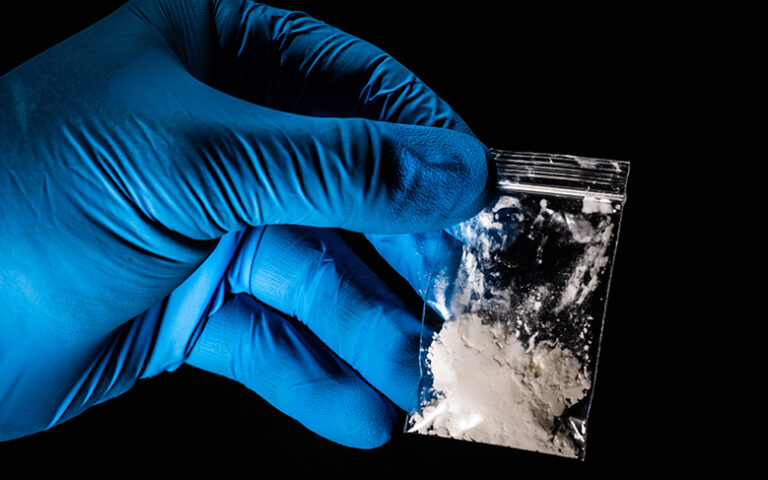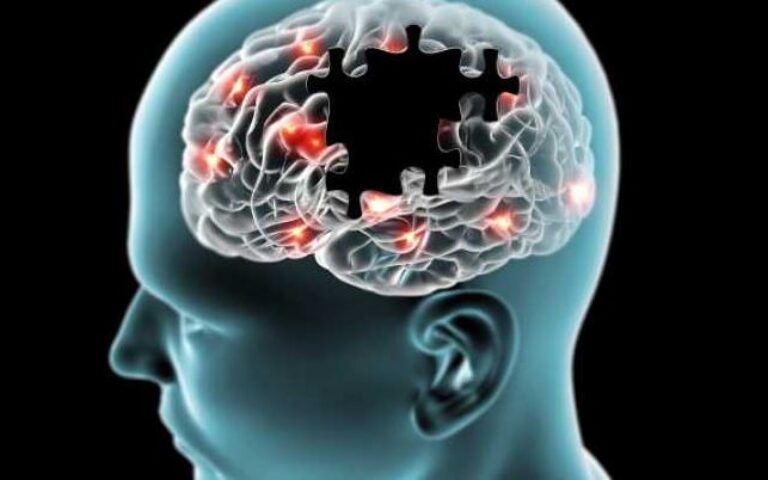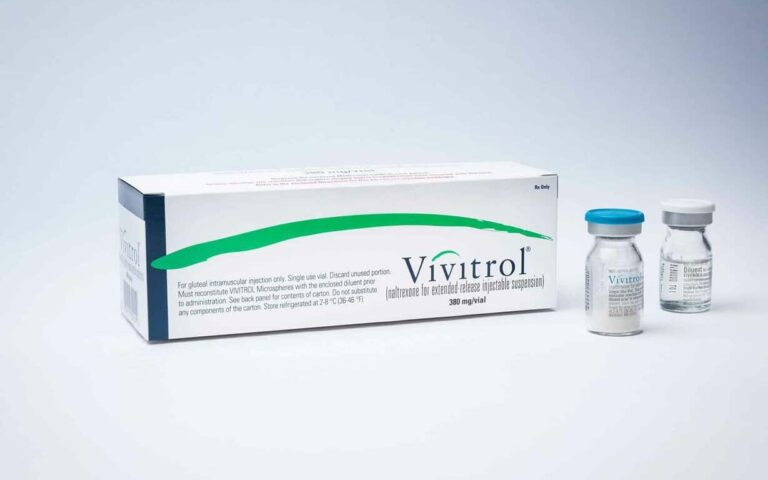In the 2018 survey, 9.52% of Arizona residents reported using illicit drugs in the past month, nearly 1% higher than the national average
Alcohol: Know the Facts
- Alcohol is the third leading cause of preventable deaths in the country, according to the National Institute on Alcohol Abuse and Alcoholism.
- Fifteen million U.S. adults have alcohol use disorder.
- Arizona ranks 21 in the country for excessive alcohol use, with 17.2% of adults reporting excessive alcohol use, according to America’s Health Rankings.
- Alcohol addiction is treatable, which is why alcohol rehabilitation programs exist to serve Arizona residents.
You can think of many so-called obstacles but let’s examine the benefits:
- My family life is suffering and I need to make a big lifestyle change.
- My daughter will be graduating soon and I want to be present in mind as well as body during her senior year, not cooped up alone with my depression and a bottle in the bedroom.
- My company is paying towards this through our employee assistance program because they believe in my talents.
- My friend Derrick’s wife got better here and has been sober for two years. Her grandkids are allowed to visit again.
What Is Alcohol Use Disorder?
Alcoholism is a severe form of alcohol use disorder in which a person becomes incapable of controlling their alcohol intake, even when mounting issues like health problems, legal issues, problems at work or school, and disintegrating family relationships present themselves. Activities eventually taper off and a person may become isolated to focus on his/her drinking.

People with alcohol use disorder struggle to contain their drinking due to the physical and psychological relationship they develop with drinking. Physically, it initially stimulates a pleasure center in the brain and psychologically, people associate alcohol consumption in many different ways.
Maybe it was curiosity. Perhaps throughout someone’s young life, they saw a lot of celebrating with alcohol and learned it was needed for a good time. Maybe they turned to alcohol to cope with stress, which can be a sign of a co-occurring disorder that needs treatment as well.
An alcohol rehab center will teach the thinking and behavioral tools that can assist someone in recovery.
The Disease Model is the course that most people with alcoholism follow. This model includes five stages of alcoholism.
These stages are:
- Early alcoholism
- Middle alcoholism
- Late alcoholism
- Treatment
- Relapse
These stages are based on the knowledge that alcoholism is a disease and like any disease, alcoholism has symptoms, causes, and treatment methods. Alcoholism is like any other relapsing disease in its nature. Some other types of diseases include diabetes, asthma, or heart disease. Because of this, most professionals suggest that alcoholics receive alcohol addiction treatment for their disease in an alcohol rehab center. Without treatment, further physical harm can occur as alcohol use progresses.
Approaching alcohol treatment or alcohol rehab is the same as a diabetic knowing sugar isn’t good for them. That diabetic must choose to adopt the life skills that they need to help them enjoy good health without consuming sugar. They must keep on top of their health condition and be aware that relapse can potentially cost them their own life. Although alcohol is a different substance, the disease cycle is the same.
Early or Adaptive Stage
During the first stage of alcoholism, you develop alcohol tolerance. Your body starts to physically adapt to having alcohol in its system, but there aren’t any visible physical signs of alcoholism yet.
Middle Stage
The middle stage includes destructive alcohol use when you no longer feel pleasure from alcohol. At this point, you may drink to “forget” problems that your alcoholism has caused. The body becomes dependent on alcohol and cravings and withdrawal kick in not long after drinking stops. Blackouts start to occur and your drinking may cause major problems at work.
Late Stage
Alcohol begins to wreak havoc on the body. During late-stage alcoholism, you’ll likely feel sick much of the time as a result of a suppressed immune system. Vital organs suffer damage and mental instability may begin to take over. Despite all of these problems, an alcoholic in this stage exercises an extreme denial of their problem.
Scottsdale Alcoholism Rehabilitation Center
Once the person suffering an alcohol addiction breaks through their denial, they can seek treatment. Although an individual can seek an addiction treatment center during any stage of alcoholism, getting help becomes a life-or-death situation in late-stage alcoholism.
Relapse
Relapse used to be considered a “failure.” Now, however, researchers know that alcoholism relapse is like a relapse for just about any other disease. When relapse occurs it can show the alcoholic that they need to maintain a greater watch over their health and sobriety. Many people relapse early in recovery and then never relapse again.
If you feel that you or a loved one may have an unhealthy relationship with alcohol, it is important to be educated on the signs and symptoms to quickly and effectively recognize the issue, as successful treatment of any medical condition first requires a correct diagnosis.
One of the biggest issues with recognizing alcoholism— especially in yourself or a close friend or family member— is the significant negative stigma which is associated with alcoholism, which unfortunately can delay someone’s treatment for an extended time. As we have pointed out, alcohol use disorder is widespread across the country and affects all demographics.
Here Are Common Signs Someone May Have A Drinking Problem:
- Loss of control. This is often the first major sign of alcohol use disorder as the amount that someone drinks can increase quite rapidly, even early in the progression of the disease. This can present itself in the form of binge drinking, in which a person drinks excessive amounts of alcohol, even if it is only occasionally. It can also come in the form of daily drinking, even if it is only a little bit every day.
- Craving alcohol. Another early sign of alcoholism is craving it at often inappropriate times. While it may not be abnormal for someone to want to have a beer with dinner or at a party, craving alcohol in the mornings or while working are warning signs that someone may be developing—or already have—an unhealthy relationship with alcohol.
- Placing alcohol over other responsibilities. As the disease of alcoholism progresses, drinking will become more important to the individual and many times it becomes more important than work, family, and friends.
- Blacking out. Blacking out due to excessive drinking is not particularly common for those who have normal relationships with alcohol. Drinking to such excess that it causes you to black out and forget time is a very strong warning sign that the drinking has gotten out of control.
- Experiencing withdrawal symptoms. When someone is such a heavy drinker that they are unable to physically function without it due to withdrawal symptoms like shakiness and nausea, alcohol use should be evaluated.
- Severe health issues. Significant health issues may have already started to occur but their symptoms are not present until permanent physical damage has been made internally. This can be devastating, permanent, and oftentimes fatal. Things like liver failure can be common in those who drink heavily for many years, which is why catching earlier symptoms is so crucial to avoid these serious health problems.
These symptoms are some of the most common, however, they are not the only potential signs. Many alcoholics will not display all of these symptoms, but even one of them is a strong indicator that a drinking problem may be present and treatment at a specialized alcohol rehab is necessary.
What is important to consider is that many individuals and families tend to brush drinking problems under the rug, blaming them for stress or depression. While these are two very common causes for someone to begin drinking, they are no excuse to leave a drinking problem untreated.
Unfortunately, once the disease has progressed to a certain point, even removing stress or depression may not be able to stop someone’s drinking.
What Is Rehab & Detox?
Just like choosing a home or a college, before you make a life decision you probably put a lot of time and thought into researching details before you feel comfortable with your decision.
When the decision involves life in the balance due to alcohol use disorder, finding the right treatment center is of heightened importance.
Medical X Scottsdale is transparent in this process to make sure you find a quality and reputable program which is right for you or your loved one. Alcoholism and drinking problems can be a significant problem for some people, causing a real and negative impact on their quality of life. The good news is that there is help available to recover and get your life back.
Medical X Scottsdale offers several individualized programs, using multiple forms of therapy that blend the traditional and cutting-edge treatment models to make sure that the best possible care is provided.

Our philosophy is that every single client can benefit from an individualized treatment program that is designed specifically to address their needs and struggles.












